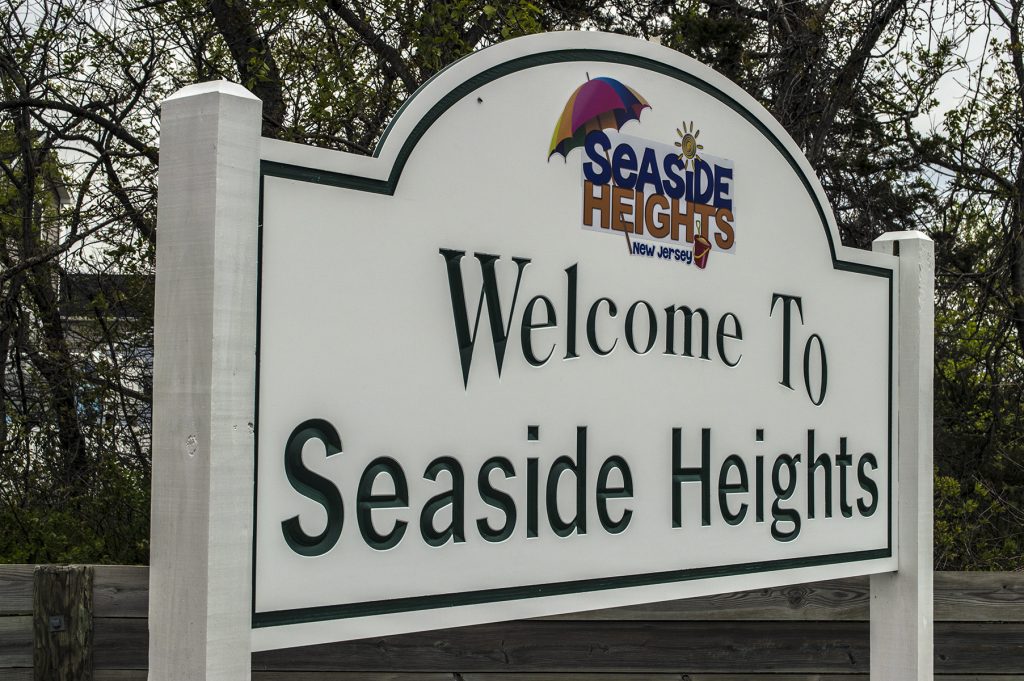Reeling from the loss of hundreds of millions of dollars in ratables that have yet to return following the destruction of Superstorm Sandy, Seaside Heights will – for the third year – look to the state to provide funding known as “transitional aid” to retain public services.
This year, Seaside Heights, following a suggestion by officials at the state Department of Community Affairs, will work with a nonprofit organization to create a long-term financial recovery plan. The borough will partner with the National Resource Network to develop a five year financial plan, hold meetings between local and national consultants and develop a Housing Resilience Plan which will aim to find funding and strategies to redevelop residential housing options in town.
The National Resource Network was created after former President Barack Obama signed an executive order in 2012 which provided $10 million from the Department of Housing and Urban Development for its creation. The network has forged similar partnerships with cities nationwide, most recently Rockford, Illinois and Providence, R.I.
“They recognized that our community could benefit from their resources,” said Borough Administrator Christopher Vaz, referencing the state DCA. “They know we fixed one major issue, the water-sewer deficit, but they also know we have a ratable problem.”
While the partnership between the borough and the network was not a contingency required for transitional aid, it was strongly suggested by the state agency, which has identified several other municipalities with tax base issues.
While Seaside Heights quickly rebuilt its boardwalk, has allowed for an expanded Casino Pier and began the process of redeveloping the Boulevard and shutting down problem motels, residential property values have been slow to recover.
“The concern is that the ratables aren’t recovering as fast as expected,” said Vaz. “They also recognize that our housing stock needs a little help.”
The network will provide financial and development consultants. The financial aspect of the partnership will include the production of a five-year budgetary plan aimed at improving the borough’s fiscal well-being, and the development portion will be the resilience plan that will create “targeted strategies” to improve housing stock. The plan will aim to “increase the volume and stability” of both rental properties and year-round properties.
The borough will pay $37,000 for the services, representing 25 percent of its total cost. The remainder will be paid by the state.

Advertisement

Seaside Heights & Seaside Park
Seaside Heights Mourns Passing of Boardwalk Legend, Still Working Into His 90s

Seaside Heights & Seaside Park
Construction Projects to Begin in Seaside Park During March

Police, Fire & Courts
Cops: Juvenile Arrested After 118mph Joy Ride in Seaside Heights, Toms River Kills 2

Police, Fire & Courts
Ocean County Sheriff Establishes Drone Command Center in Seaside Heights Amid New Video








